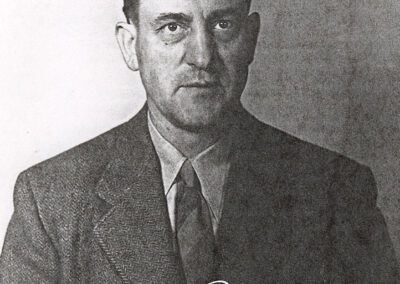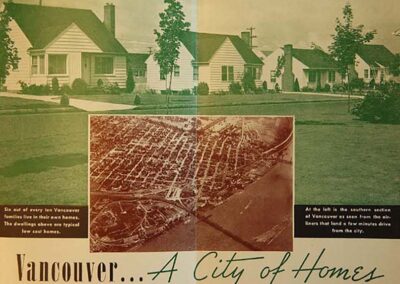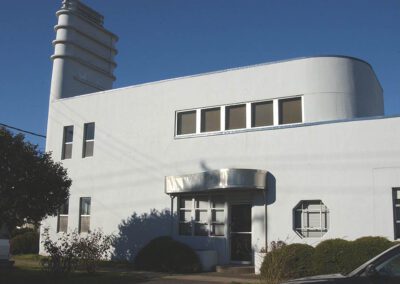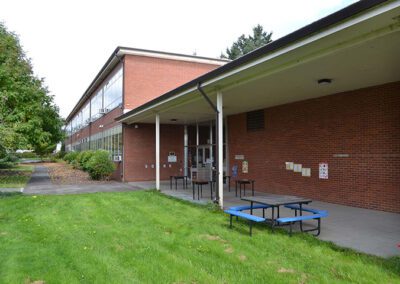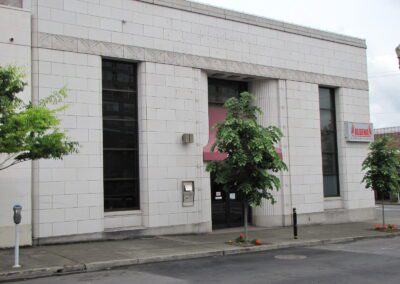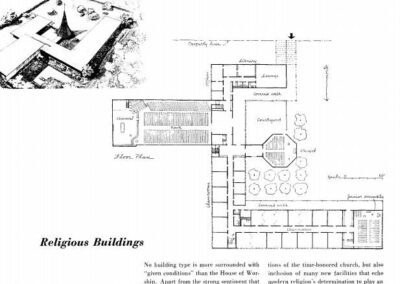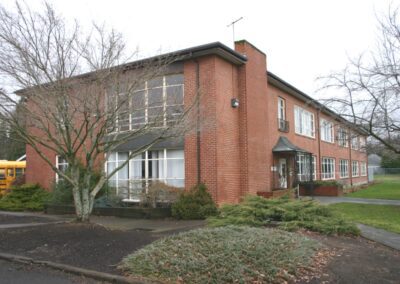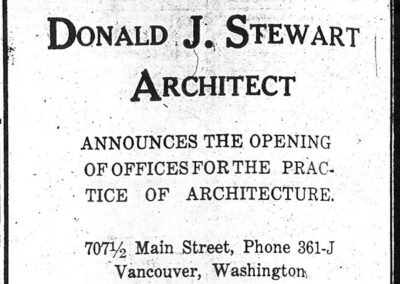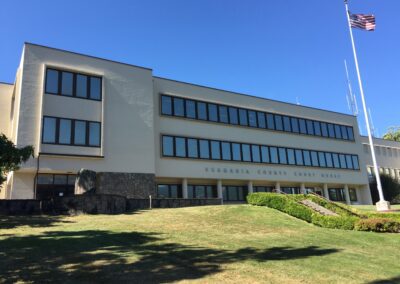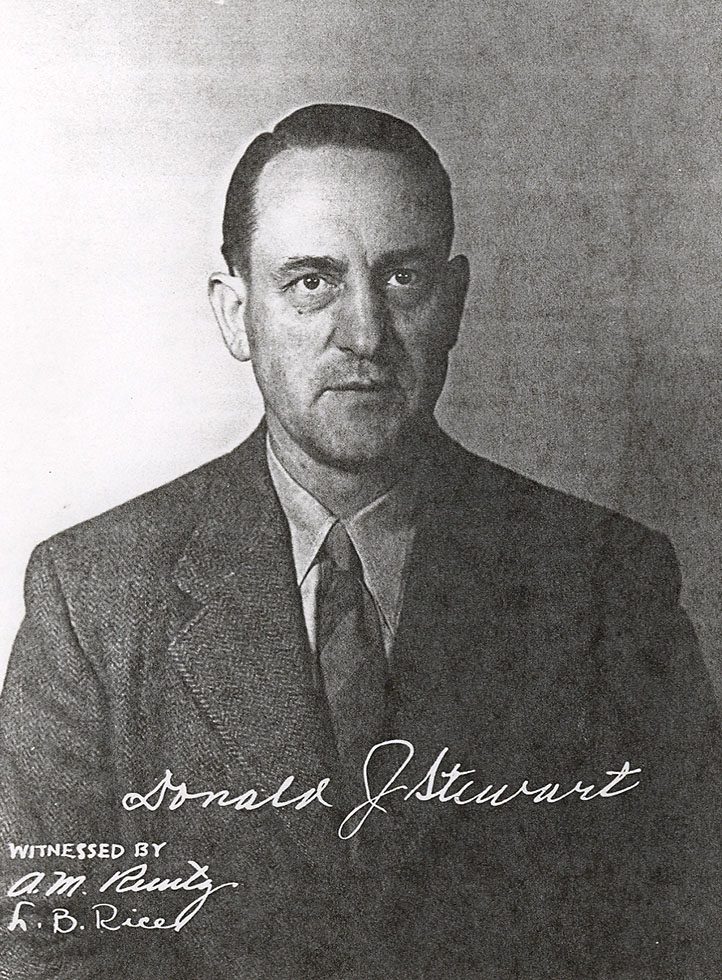
Stewart, Donald J.
(1895 – 1996)
Donald Joseph Stewart led a long and productive architectural practice in Vancouver, Washington and Portland, Oregon for forty plus years. Born and raised in Spokane, Stewart received his formal architectural training at Washington State College, graduating in 1922.
After graduation he moved to Portland and worked for A.E. Doyle for two years before embarking on a European study tour. While in Athens, he worked for the New York architectural firm of Van Pelt & Thompson, supervising the construction of the Gennadius Library. Upon his return to the States, he worked for Thompson & Churchill (1926-1929) and for Benjamin Wistar Morris in 1928. In 1929, Stewart returned to the Pacific Northwest and worked for a variety of architects including John Graham (1929-1930) and Andrew Willatsen (1932) in Seattle, and W.F. Higgins in Portland (1933-1934).
In 1934, Stewart moved to Vancouver, were he opened his own independent practice. Among his most important work during these early years was the design of ten types of houses to be used in the construction of the Telocaset Heights subdivision (1941) which eventually totaled 200 homes. Other noted designs include the Streamlined Moderne style Pepsi-Cola Bottling Plant (1941) and Sparks Motor Co. Building in Vancouver.
During the late 1930s, Stewart was very active in social and civic circles. He served as a member of the Vancouver Planning Commission (1935-1940), member of the Columbia Gorge Steering Committee (1938-1940), and was a member of the NW Regional Council of the National Advisory Council on School Building Problems. During this time, Stewart also was an instructor at Clark Junior College (1938-1942).
During WWII, he was associated with Seattle architects J. Lister Homes and Victor N. Jones for the purpose of defense work. After the war he continued his solo practice in Vancouver until 1952, when he moved his practice to Portland and formed a partnership with Kenneth E. Richardson.
Stewart specialized in designing schools, libraries, and churches. After the war, his work became increasingly modern. Notable projects include Fort Vancouver and Hudson’s Bay High Schools (1954), and Lincoln and Hough Elementary Schools in Vancouver; several buildings at the School for the Deaf (1937-1954); Camas High School in Camas; and the Skamania County Courthouse (1949) in Stevenson.
In 1962, the partnership expanded to include George McMath and Frank C. Allen. When Richardson left the firm, moving to Seattle, the firm changed its name to Stewart, Allen & McMath, which continued until Stewart’s retirement in 1967. Stewart passed away in Vancouver on November 14, 1996 at the age of 101.
– Michael C Houser
Proposal for First Presbyterian Church | Vancouver
Built 1963 | Source: Progressive Architecture, 1953
